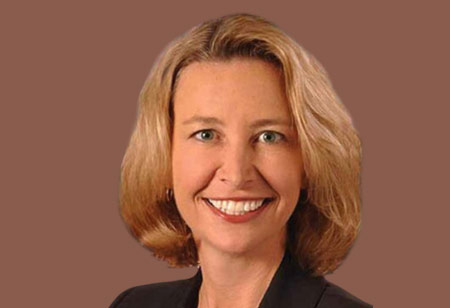Thank you for Subscribing to Healthcare Business Review Weekly Brief

Prioritizing Physician Well-Being: A Strategic Imperative For Healthcare Organizations
Healthcare Business Review
Through this article, Julia Flax, Chief Population Health Officer at CoxHealth, highlights the urgent need to prioritize physician well-being as a moral and strategic necessity. She discusses the widespread issue of physician burnout, its financial and patient care implications, and the need for systemic solutions rather than individual resilience efforts.
Flax outlines frameworks like the Stanford Model of Professional Fulfillment and the AMA Joy in Medicine Health System Recognition Program as essential tools for healthcare organizations to address burnout. She also emphasizes the role of leadership development programs, such as the AAFP’s Leading Physician Well-being (LPW) Program and Stanford’s WellMD Medical Director Program, in driving sustainable cultural change. By investing in physician well-being, healthcare organizations can improve patient care, enhance physician satisfaction, and achieve financial stability.
Every year, approximately 350 physicians in the U.S. die by suicide, equating to nearly one doctor lost daily. This tragic epidemic underscores the critical issue of physician well-being, which impacts the entire healthcare system. With over 50 percent of CoxHealth physicians experiencing burnout, it’s clear that action is urgently needed. While healthcare organizations face numerous challenges—improving care quality, advancing patient satisfaction, maintaining financial stability, and reducing costs—physician wellbeing is often overlooked. Yet, evidence shows that burnout and well-being intersect with these priorities, making it imperative to address this issue systematically and strategically.
Prioritizing Physician Wellbeing Is Not Just A Moral Imperative But A Strategic Necessity—Addressing Burnout Improves Patient Care, Enhances Physician Satisfaction, And Ensures Financial Stability For Healthcare Organizations
Studies estimate turnover costs at two to three times a physician’s annual salary, with burned-out physicians twice as likely to leave their positions. Beyond turnover, burnout leads to decreased patient satisfaction, increased medical errors, higher malpractice claims, reduced clinical quality and lower productivity. These consequences highlight the urgent need to invest in physician well-being.
To address this, healthcare organizations must first gather evidence from published literature and local experiences and then engage leadership to demonstrate the need for action. It’s critical to emphasize that burnout is not a personal resilience issue but a systemic one rooted in the practice environment and organizational culture.
Frameworks like the Stanford Model of Professional Fulfillment™ provide a helpful construct for understanding the interplay between organizational culture, practice environment, and individual well-being. This model helps leaders recognize the importance of creating an environment that fosters professional fulfillment.
Our organization has leveraged the AMA Joy in Medicine Health System Recognition Program as a foundational framework for building a comprehensive physician wellbeing program. This program offers evidence-based strategies to reduce burnout and promote professional fulfillment.
Following its guidelines, we’ve developed a structured, systematic approach addressing organizational culture, practice environment, and individual support. Applying for the Joy in Medicine recognition has motivated us to meet high standards and benchmark our progress against leading health systems. We are currently in the process of our initial application, which has driven continuous improvement in our efforts.
We’ve utilized leadership development initiatives like the Leading Physician Well-being (LPW) Program and the Stanford WellMD Medical Director Program to enhance our program further. The LPW program, developed by the American Academy of Family Physicians (AAFP), equips physician leaders with the skills to drive change and champion well-being. Participants gain hands-on experience implementing performance improvement projects and learn about measurement techniques and best practices.
Similarly, the Stanford WellMD Medical Director Program focuses on advancing well-being at the unit level, such as departments and practices. Participants learn to apply the Stanford Model and other key concepts to their contexts through small group exercises and discussions, fostering networking and collaboration.
These programs empower physician leaders to spearhead well-being initiatives effectively, ensuring sustainability and cultural transformation. By equipping leaders with evidence-based strategies, organizations can address systemic factors contributing to burnout and create environments where physicians thrive. This improves physician satisfaction and enhances patient care and organizational performance.
In conclusion, prioritizing physician well-being is both a moral and strategic necessity. By addressing burnout and fostering a culture of well-being, healthcare organizations can improve patient outcomes, enhance physician satisfaction, and achieve financial stability. As the saying goes, “Never let a good crisis go to waste.” The current crisis in physician well-being presents an opportunity to transform healthcare for the better. The time to act is now, and the benefits are clear: a healthier, more resilient workforce dedicated to providing the highest quality of care.









